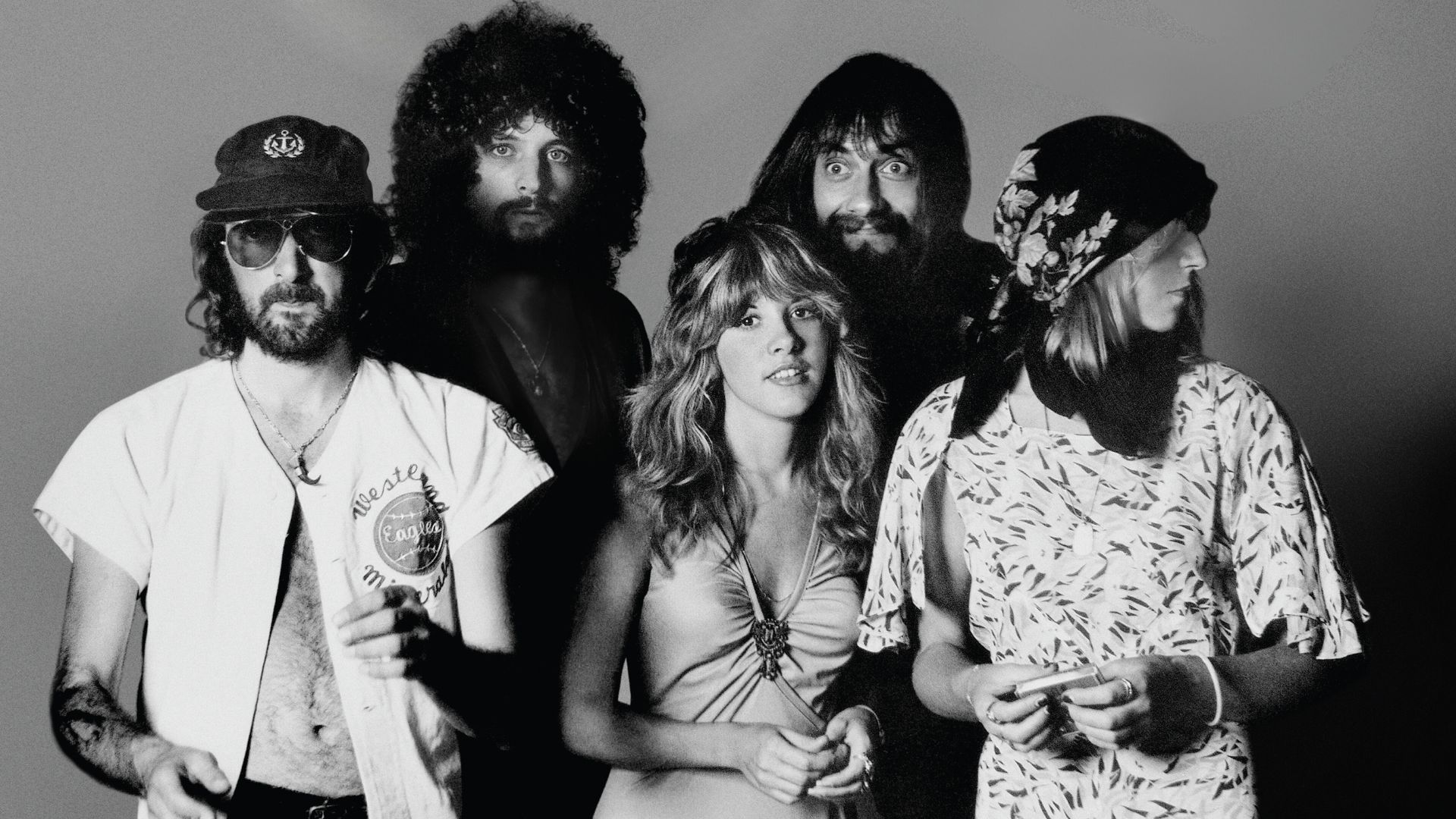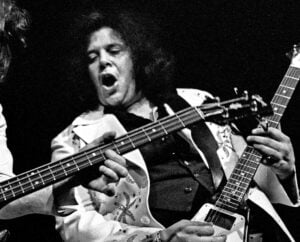The Only 4 Classic Rock Bands That Succeeded In Changing Their Genre

NEW YORK, NY - JANUARY 26: (L-R) Honorees Stevie Nicks, John McVie, Christine McVie, Lindsey Buckingham and Mick Fleetwood of Fleetwood Mac take a bow onstage during MusiCares Person of the Year honoring Fleetwood Mac at Radio City Music Hall on January 26, 2018 in New York City. (Photo by Dia Dipasupil/Getty Images)
A band’s ability to switch genres can make or ruin them. Some bands have perfected the delicate art of reinvention, while many attempt and fail to connect with new audiences. These four rock bands made a lasting impression while successfully changing their sound.
1. Fall Out Boy: From Emo to Arena Pop
Emerging from the Chicago punk scene in the early 2000s, Fall Out Boy swiftly established themselves as a mainstay of the pop-punk and emo movements. Songs like “Sugar, We’re Goin’ Down” perfectly captured their guitar-driven, brooding style. In the present day, the group has developed into a major arena pop force. They proved that changing their sound was the right choice with polished, popular songs like “Centuries” and “My Songs Know What You Did in the Dark.” Their arena-filling success is proof that Fall Out Boy’s reinvention paid off.

2.: Folk Rock to Country Pioneers
The Byrds are one of the most iconic examples of a band successfully switching genres. Known initially as trailblazers in folk-rock and psychedelia, they created hits like “Mr. Tambourine Man.” However, they took a bold turn in 1968 with their album Sweetheart of the Rodeo, diving headfirst into country rock. This shift, teased earlier with “Satisfied Mind,” cemented their status as genre pioneers and influenced countless artists in the years to come.

3. The Go-Go’s: Punk to Power Pop
The Go-Gos had a strong foundation in the gritty Los Angeles punk scene before their new wave hit, “Our Lips Are Sealed,” shot to the top of the charts. They developed a devoted fan base by performing on stages with underground punk legends. However, the band started to push toward a brighter, more melodic sound once Gina Schock and Charlotte Caffey joined the group. Their career took off once they switched to power pop and new wave, demonstrating that change can result in enormous success.

4. Fleetwood Mac: Blues to Folk Rock Legends
With successes like “Black Magic Woman,” Fleetwood Mac started out as a blues band in the 1960s. While lineup changes throughout the years added new energy, their style didn’t really change until Lindsey Buckingham and Stevie Nicks joined in the middle of the 1970s. They redefined their reputation and became superstars thanks to their folk-rock and pop fusion on albums like Rumours.













